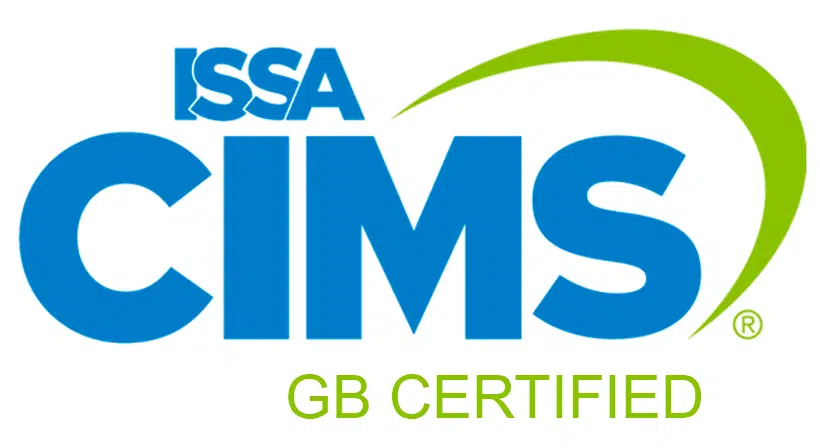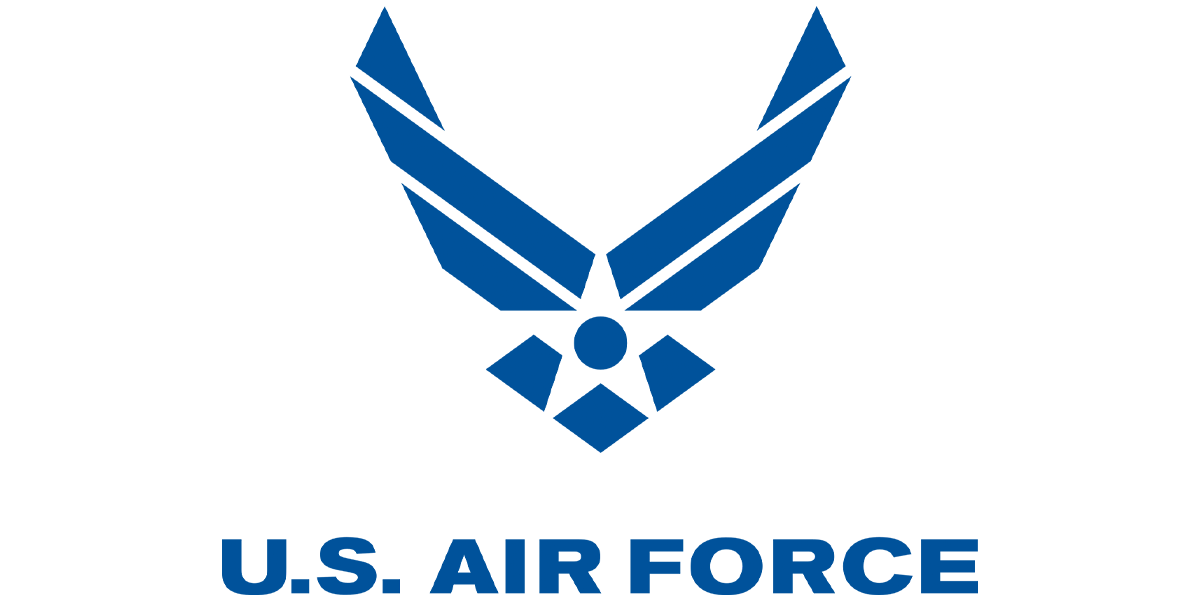The Importance of Fire and Life System Inspections
Maintenance of every system in a commercial building is important, but arguably the most important is fire and life safety—the apparatus and structures essential for protecting lives and assets. To keep fire and life safety systems optimally functioning, facility managers must oversee regular ITM: inspection, testing, and maintenance. ITM will ensure each part of the system is reliable and up to code.
There are many components to a building’s fire protection and life safety system, and all need to be part of an ITM program. This ensures no element of the system will malfunction or completely fail when it is needed. In addition to the fire alarm, fire extinguisher, and fire sprinkler inspection and testing, passive life safety systems such as doors, walls, and any fire-resistant materials have to be part of the building’s ITM schedule. Using certified technicians, PRIDE Industries makes sure that for any inspection no box goes unchecked, and no deficiency spotted goes uncorrected. We can ensure good ITM coordination and care, resulting in cost savings and—even more importantly—minimizing risk to your building and its occupants.

CIMS Green Building certification demonstrates an organization’s capability to assist customers in achieving LEED EB points and offers customers assurance that the organization they select is prepared to partner with them in the LEED process.
Fire Protection and Life System Case Study

A Full Suite of Operations and Maintenance Services
When it comes to operations and maintenance, PRIDE Industries provides professionalism backed by years of experience. We offer a wide range of services with a deep level of expertise in each. From interior to exterior, energy management to structure repair, we can ensure your assets are maintained in top condition and cost-effective.
We manage and maintain 13,000 buildings and over 140 million square feet of facilities. We do this by maintaining relationships with over 2000 specialty vendors, ensuring we always have the right resource available to resolve any operations and maintenance issue. In addition to this, we hire only certified HVAC technicians, electricians, plumbers, fire system and alarm professionals—ready to apply their expertise and knowledge for our customers’ benefit.
Across the board, whatever your facilities’ requirements PRIDE Industries can deliver—with expertise, excellent customer service, and a positive social impact.
Commercial HVAC Systems
Proper HVAC maintenance and repair reduces energy costs, extends the life of your systems, and maintains a healthy environment.
Architectural Systems
Keep your spaces, structures, and infrastructure in proper operating condition to prevent failure and degradation.
Asset Management
Comprehensive services that detect and resolve technical issues early to optimize operations and lower facility operating costs.
Backflow Testing
Protect your potable water supply from contaminants with proper backflow maintenance, repair, annual testing, and certification.
Preventative Maintenance
Smart preventive maintenance systems can reduce premature asset breakdowns, keep employees safe, and even save millions in costs.
Building Automation Systems
We provide management of your building automation system or BAS to ensure optimal efficiency and performance for your building at all times.
Electrical Systems
We’ll help make sure your facility stays compliant with current electrical codes while preventing small electrical failures from escalating.
Energy Management
Count on our data-driven energy management solutions to keep both your buildings and your wallet green.
30% Lower OSHA Incidence Rate vs. National Industry Standard
Fire & Life Safety Common Questions
-
According to the NFPA (National Fire Protection Association), the leading causes of fires in “non-home” buildings are electrical malfunction/distribution, or lighting equipment (18%), and fires that are intentionally set (15%). Heating and cooking are also major causes in homes and commercial buildings. While no technology can predict when and where a fire will start, having your fire, life, and security systems vigilantly tested and maintained by professionals is the best means of containing or preventing a fire.
-
Fire protection is divided into two main categories: passive and active. Passive fire protection includes walls, doors, ceilings and floors that are fire and smoke resistant–these provide a barrier and are key in the containment of fires. Fire detection, alarms, sprinklers and extinguishing systems are considered active protection, working either automatically or manually to stop the fire and to alert occupants and fire departments.
-
Life safety systems in a building include any system put in place to protect lives, especially when there is an emergency. Life safety systems are part of the fire safety and security systems and in some areas systems designed to protect in the case of earthquakes or power outages. They can include emergency doors and stairwells, lighting, generators for heating and air, alarms, drills, and evacuation plans.
-
Heat detectors are generally used to protect property as they are designed to react to rises in temperature caused by fire. Smoke detectors, on the other hand, react to smoke and gases which can be an indication of fire long before a rise in temperature. Warnings of a fire when there are lives to protect needs to be at the first indication of danger, giving people the opportunity to evacuate. Consulting a fire safety professional is the best way to know whether a heat or smoke detector is required for your building and operations.
-
Any changes in your facility’s fire protection systems should be done with professional advice from a fire systems safety expert with knowledge of fire codes and standards, and the property. The operation, layout and use of every building will vary, so for the best protection consult an expert.
-
A fire suppression unit generally refers to a system that uses extinguishing gases to suppress or control a fire whereas a sprinkler uses water to control a fire. There are also some hybrid systems that use both water mist and inert gasses for fire control. Water can be damaging to goods, and some chemical gases can be toxic. Which system is best will depend on building use and operation therefore consulting a professional is always advisable when considering fire and life system changes or upgrades.
-
Life safety hazards in commercial buildings are often a result of unchecked fire and life safety systems. Things like blocked fire exits, crowded hallways that prevent first responders from gaining easy access, and even sprinkler water systems inadvertently turned off or not turned on again can be the cause of a life system hazard. To ensure your building’s life and fire safety systems are working optimally and up to code, set up regular testing and inspection with your facility managers.